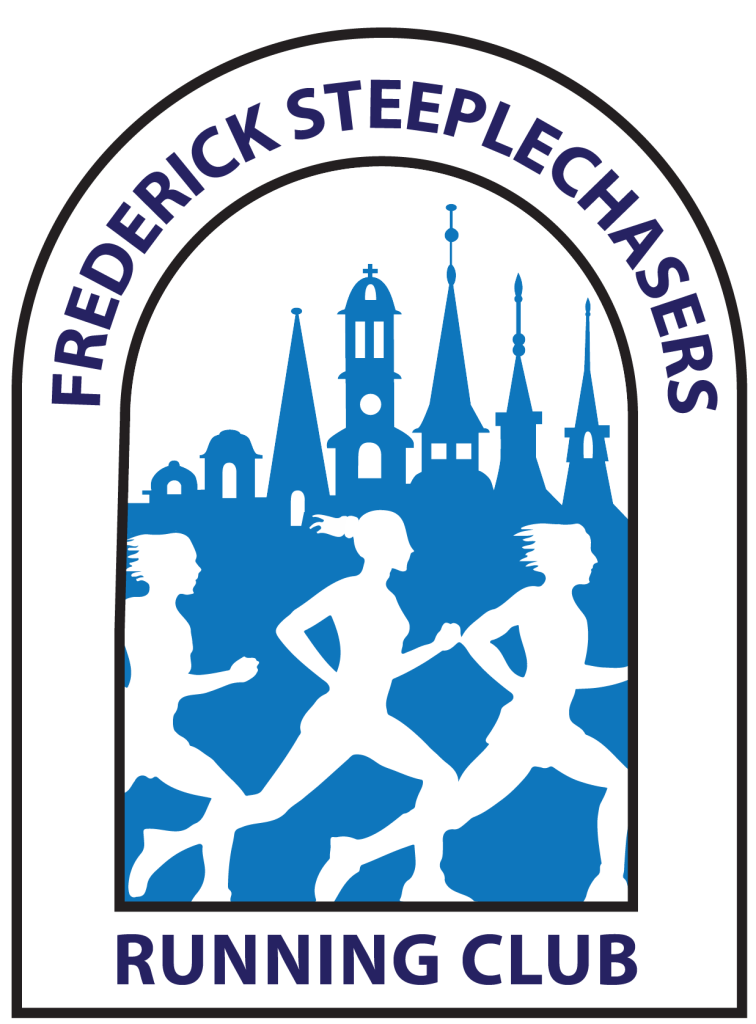by S. Nicole Davis, DPT
Shoes! So many options. So many opinions. How can a runner possibly figure out which shoe is the right shoe for their foot and style of running?
I’m going to lay this out there right at the beginning – there is no magic shoe! Stop looking for the shoe that will fix this or fix that – you won’t find it. The differences a shoe makes are there, but they are pretty insignificant. Trying to use shoes to fix a biomechanical running issue is kind of like putting a Band-Aid on a gash that really needs 10 or 12 stitches. Instead, address the problem by doing the right exercises and working on your running form.
One more myth to dispel right up front – pronation is not bad! Pronation – the foot rolling inwards a bit as you land – is how your body absorbs shock. You need to pronate. Some runners pronate more than others. Some pronate faster or slower than others…and all are usually just fine.
Which leaves you scratching your head. For the past three decades, shoe clerks have looked at your feet while you stand. Maybe they put you on a treadmill, and then proclaimed you to be a supinator, neutral, or the dreaded “over-pronator,” then shuffled you into a shoe category – neutral, stability, or motion-control – from which you dare not stray. This method of fitting runners to shoes is very neat and tidy. The only problem is, it doesn’t lead to happier, healthier runners. Why?
When it comes to shoes, the only thing supported by research is that supinators – runners that don’t roll in when they land – usually need a little more cushioning. They don’t have much of that natural shock absorption that comes from pronation, so this makes sense. Sorry, although shoe stores continually direct over-pronators to stability or motion-control shoes, there is no research to support this strategy. In fact, what little research we have suggests that over 85 percent of runners, including these over-pronators, are happiest in neutral shoes. Those over-pronators, current research shows that their feet go on happily pronating even inside the sturdiest of motion-control shoes.
So how should you choose a running shoe?
The number one job of the running shoe is to protect your feet from the environment, while not getting in the way of letting them do their thing. The foot has 26 bones and equally numerous muscles and tendons. Two of its primary jobs are to absorb shock and to adapt to variations in the ground to improve balance. You don’t need to be an engineer or mathematician to guess that figuring out exactly how it does that is a complex problem, one we just don’t have the technology to solve yet. Just remember this: The foot is designed the way it is for a reason. Let the foot be a foot! Let it bend, twist, and do all those foot things, whether wearing a shoe or not.
Your weight matters. Running shoes are designed for the 160 to 180-pound runner. The materials in the sole, the extra support through the upper, all those things are designed around the average runner. Your weight matters. A 230-pound, super-buff guy is going to compress and stress the materials in that shoe far more than a petite 95-pound female. That heavily built-up shoe that is perfect for the 230-pound guy is going to be like putting a heavy cast on the foot of that 95-pound female. How well do you run in a cast? Not well. Lightweight runners should be looking for shoes on the lower-weight and more flexible end of the spectrum.
Fit matters. A foot that is bound by a too-tight shoe, or a foot that is sliding around inside a shoe, cannot function the way it is designed. Different brands and styles fit different types of feet. Some feet are wide, some are narrow. Some are high volume, some are low volume. This is where your running store clerk is worth their paycheck. They generally know their stock well and can help you narrow down your choices to those most likely to fit the shape and volume of your feet. (Just don’t let them pigeon-hole you into a specific category of shoe. Try them all – from racing flats to motion-control.)
- Put the shoe on and tie it.
- Walk around about 30 seconds and let your foot settle into the shoe.
- The heel and middle of the foot should feel securely held by the shoe.
- Rise up on your toes.
- The heel and middle of the foot should feel securely held by the shoe.
- Pinch the fabric at the outside edge of the little toe. It should feel like there is a little more room to give.
- You should not feel your toes hitting the end of the shoe.
Comfort matters most. Shoes do change biomechanics ever so slightly. I often have runners bring in several pairs of new shoes and then watch them run in each pair, watching their biomechanics. But really in most cases, the shoe that leads to the best biomechanics is the one the runner thinks is the most comfortable. Pick a shoe that is comfortable and seems to disappear as you run. You shouldn’t really notice the shoe on your foot.
- Wear your brand-new shoe around your house for a couple days.
- Go for a short treadmill run.
- Try a short run on your usual terrain.
- Alternate wearing your new shoes with wearing your old shoes for a couple weeks.
Your shoe should feel comfortable, always! No blisters, no hot spots, no pressure points. You should not feel your toes on the end of the shoe. You should not feel your foot sliding within your shoe as you run down hills. Your legs should not feel dead. Your calves, knees, and feet should not be achy or sore. Your attention should wander normally and not be focused on your feet. If your attention keeps going to your feet, that is generally a sign that the shoe just isn’t tuned well enough to your biomechanics. Something is off, even if you don’t know exactly what it is.
Every runner is unique, with a distinct combination of biomechanics, foot shape, preferences, etc. The shoe that is perfect for me is most likely not the shoe that is perfect for you. Don’t be afraid to try on lots of different kinds of running shoes from racing flats to motion-control. Listen to your feet. They will tell you what they like.
Nicole Davis, DPT is a biomechanical engineer turned physical therapist, specializing in running injury prevention and management. She also is an RRCA Level II Certified Running Coach, coaching both youth and adult distance runners.

